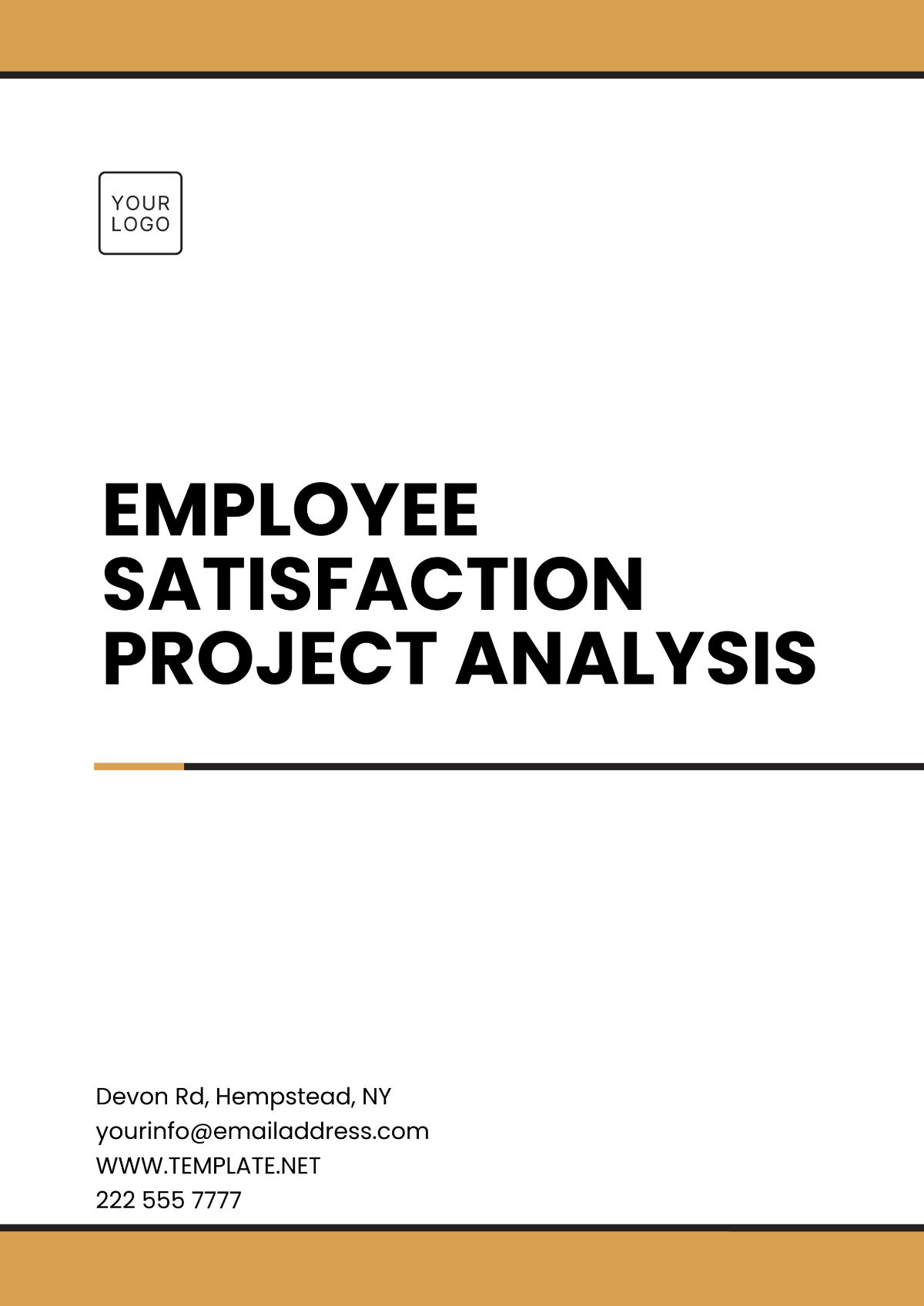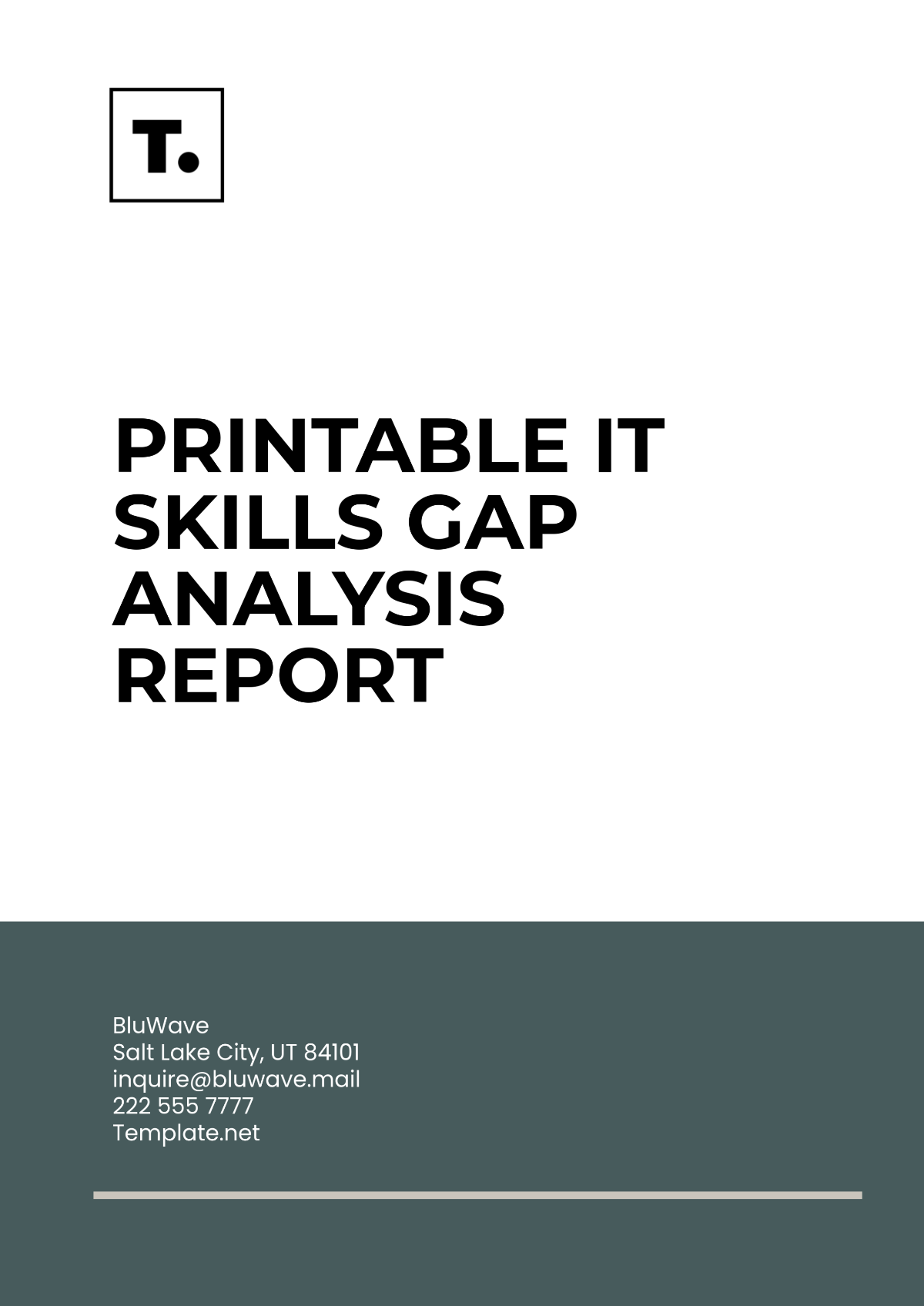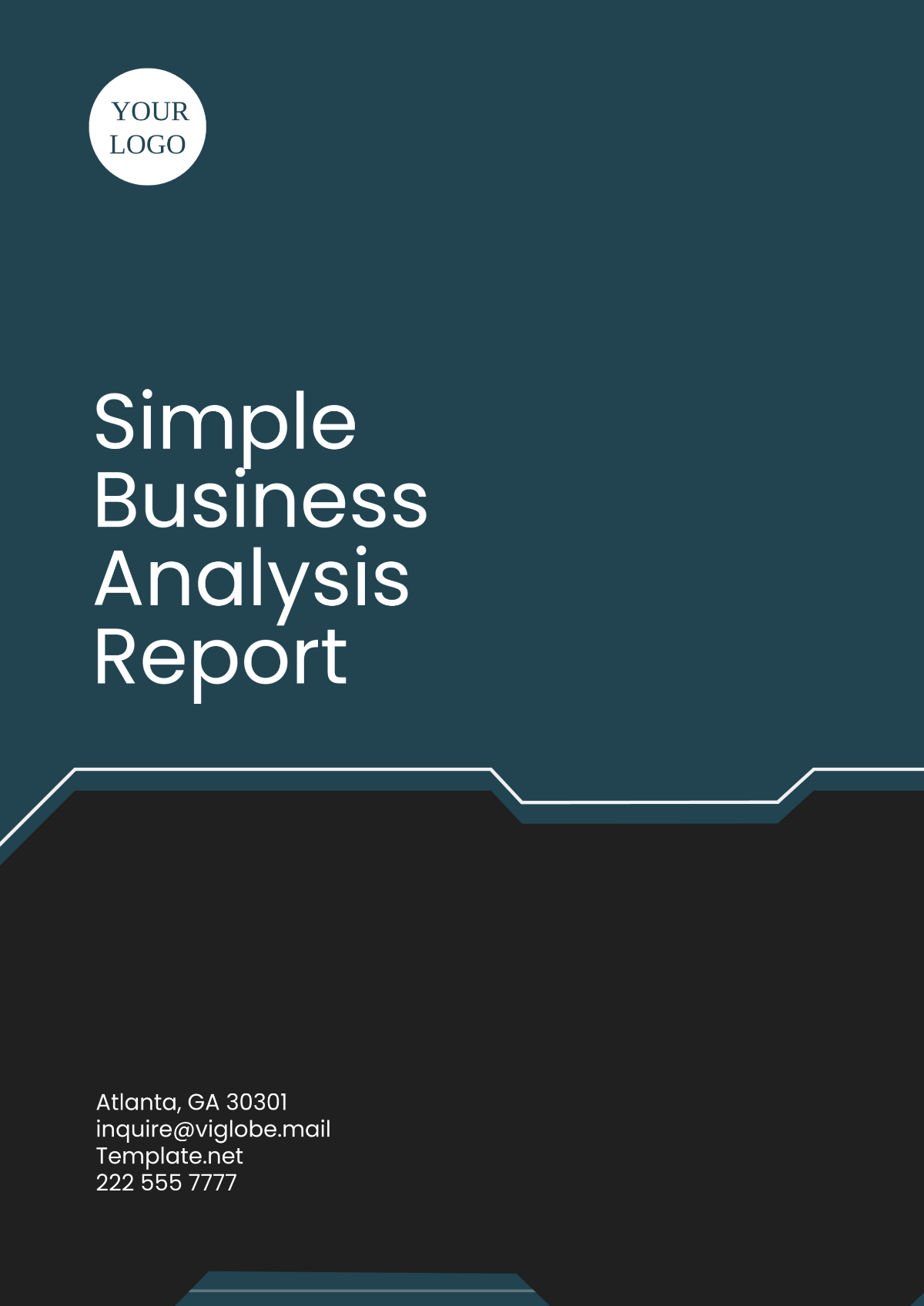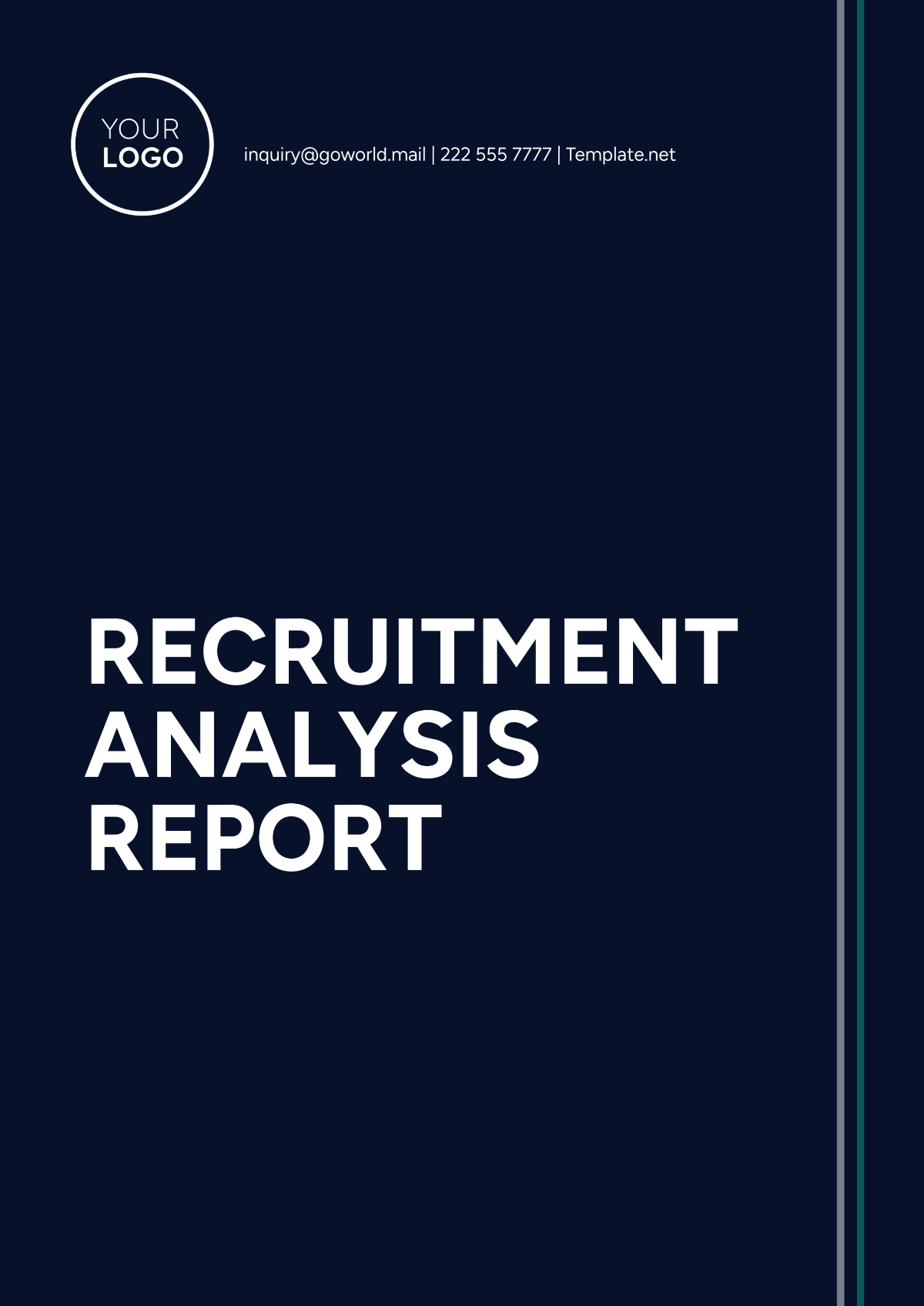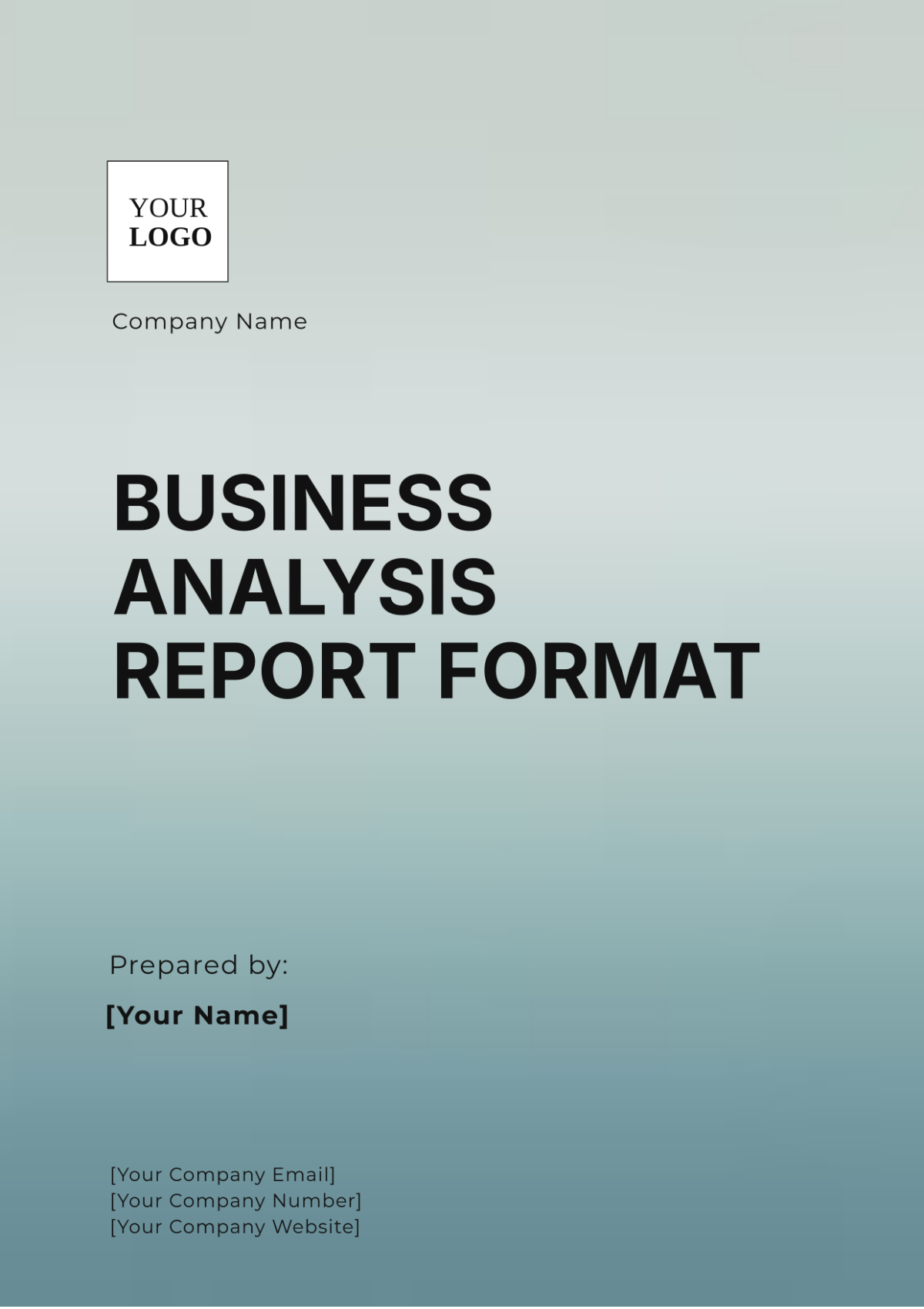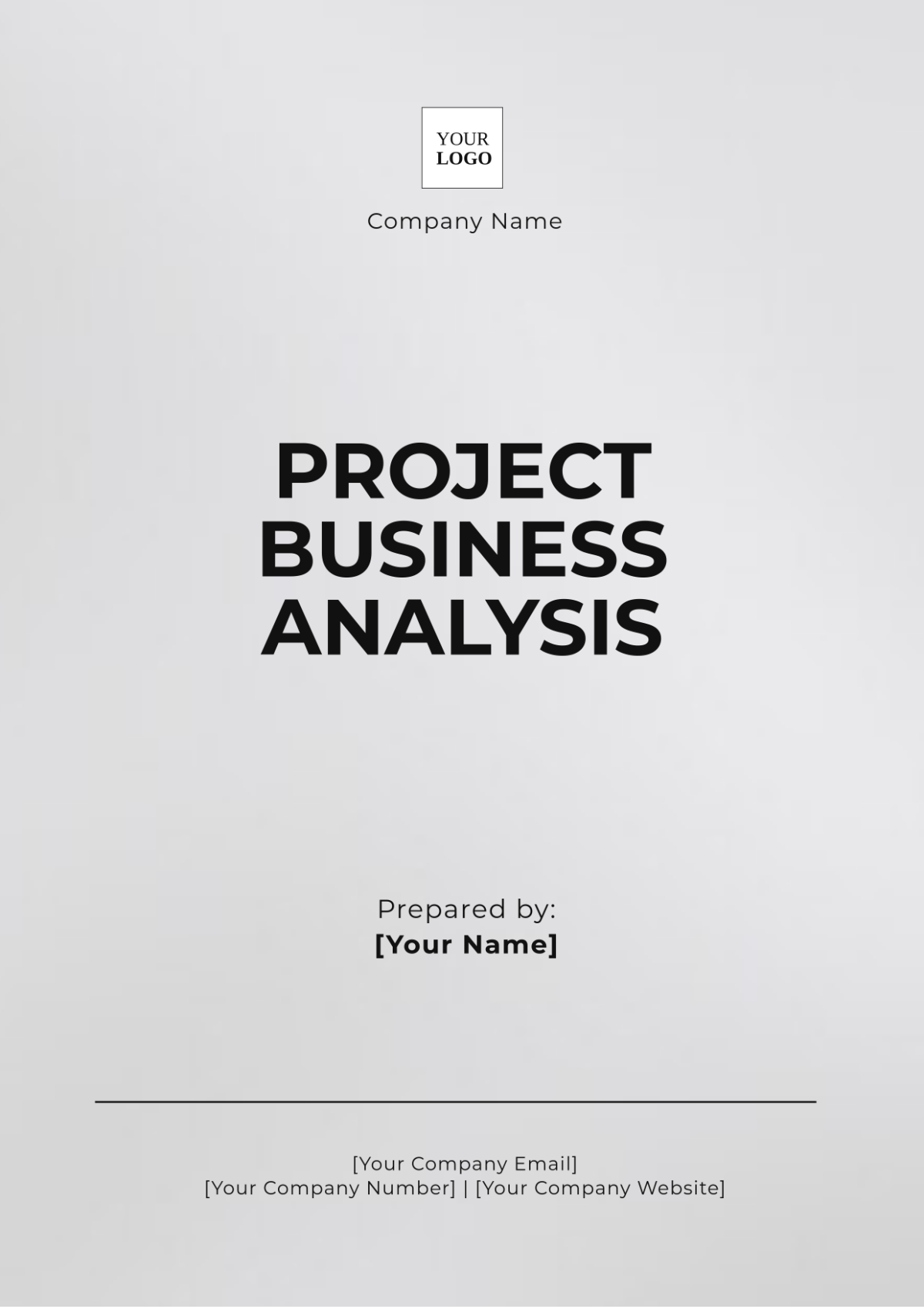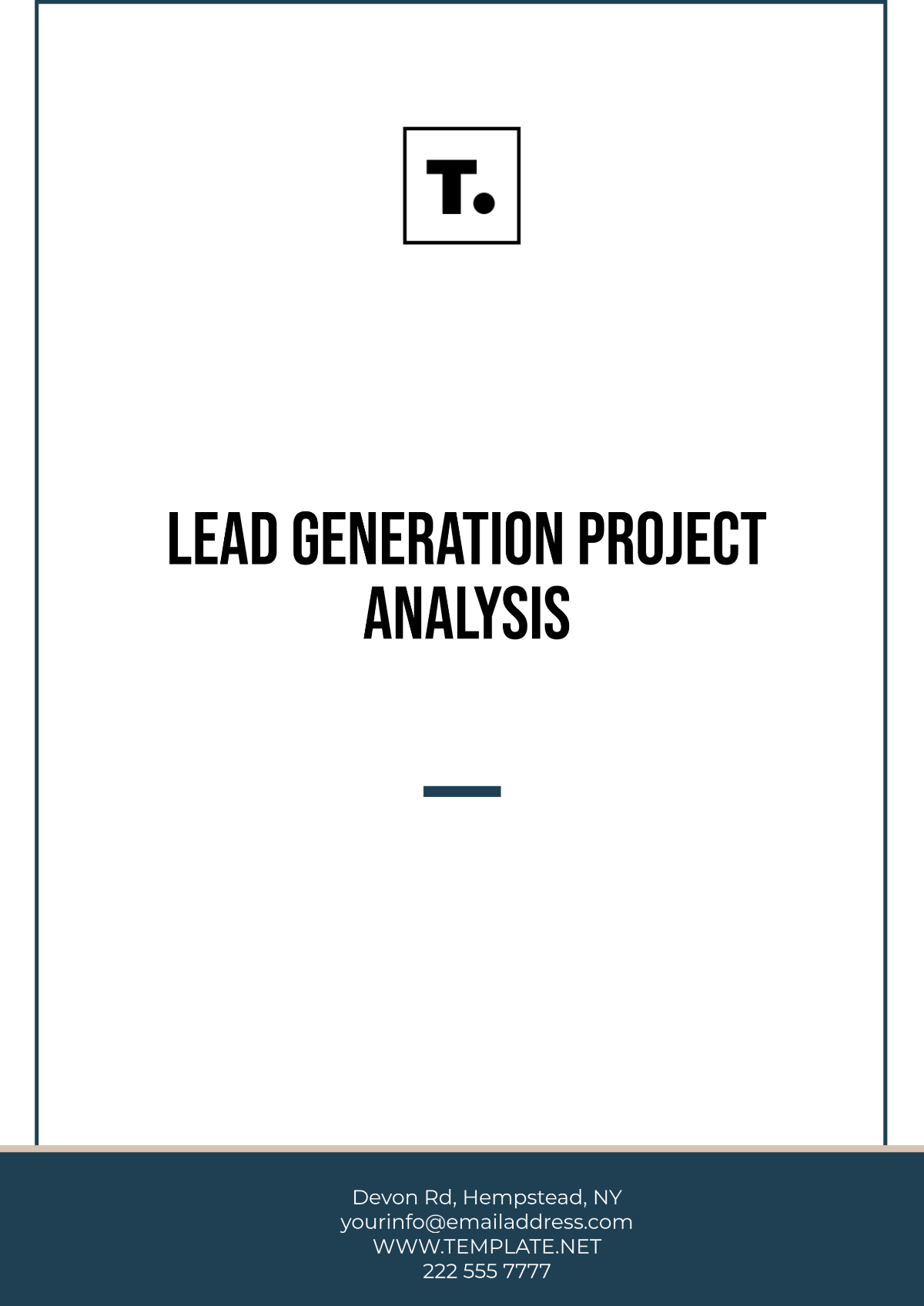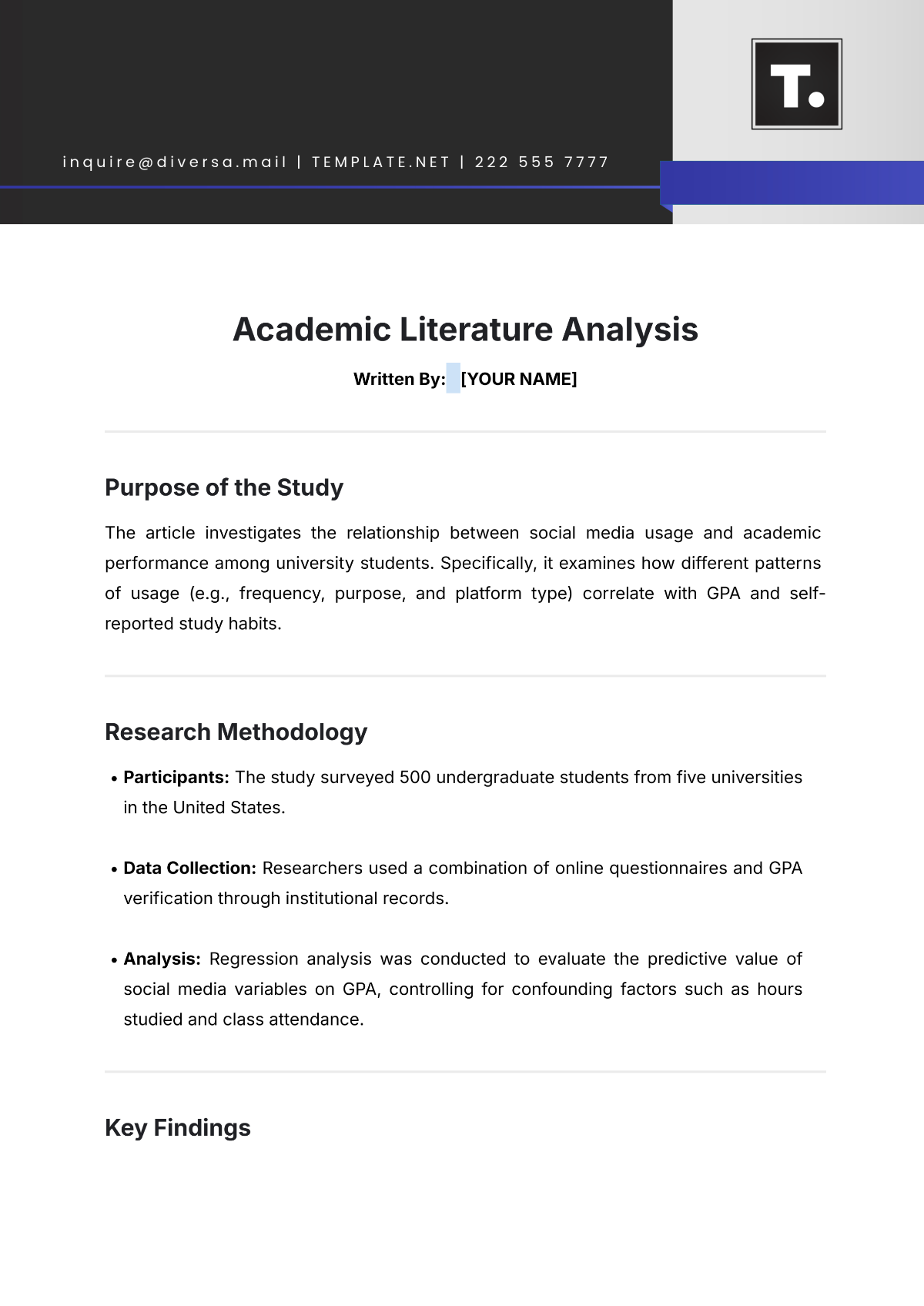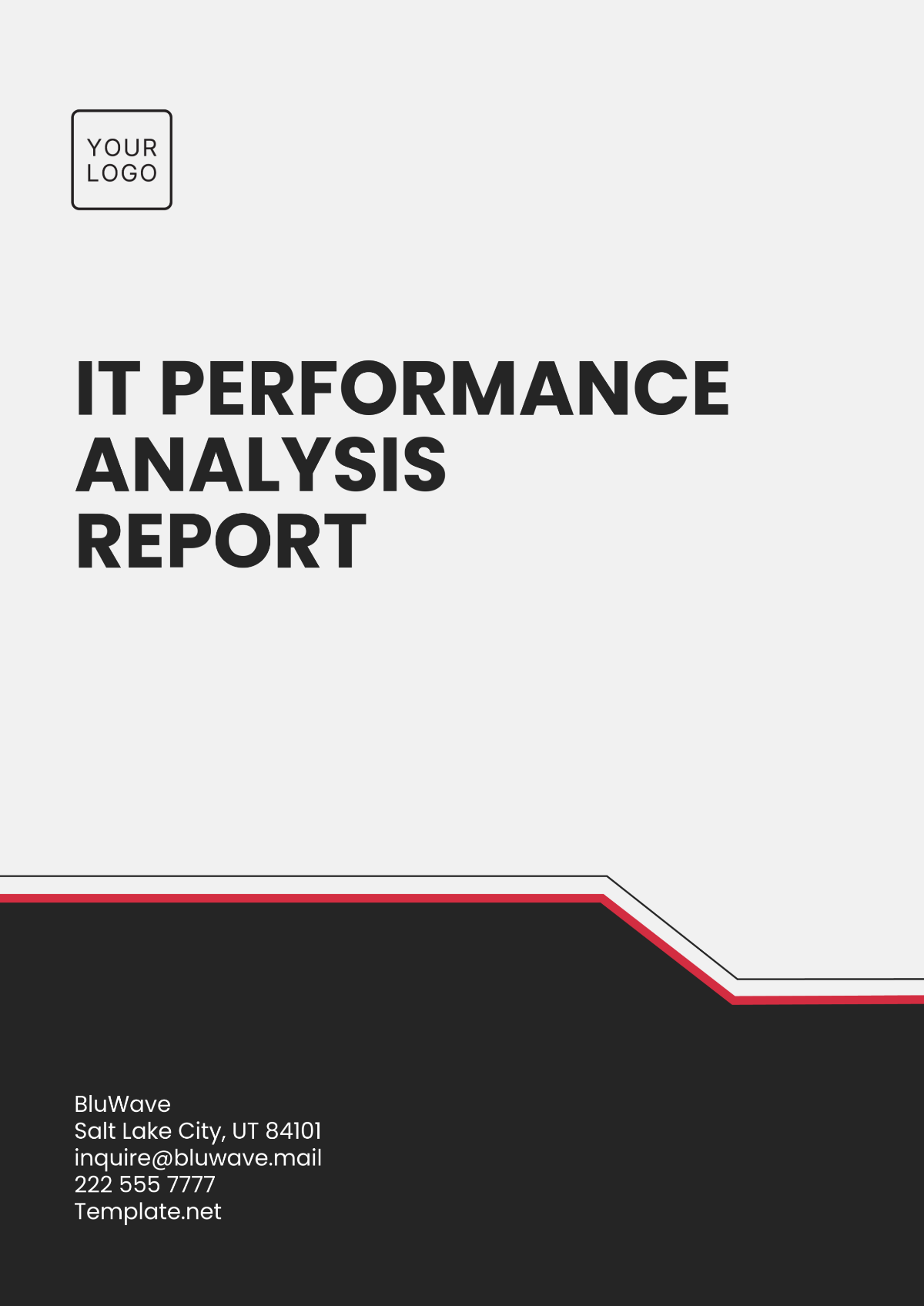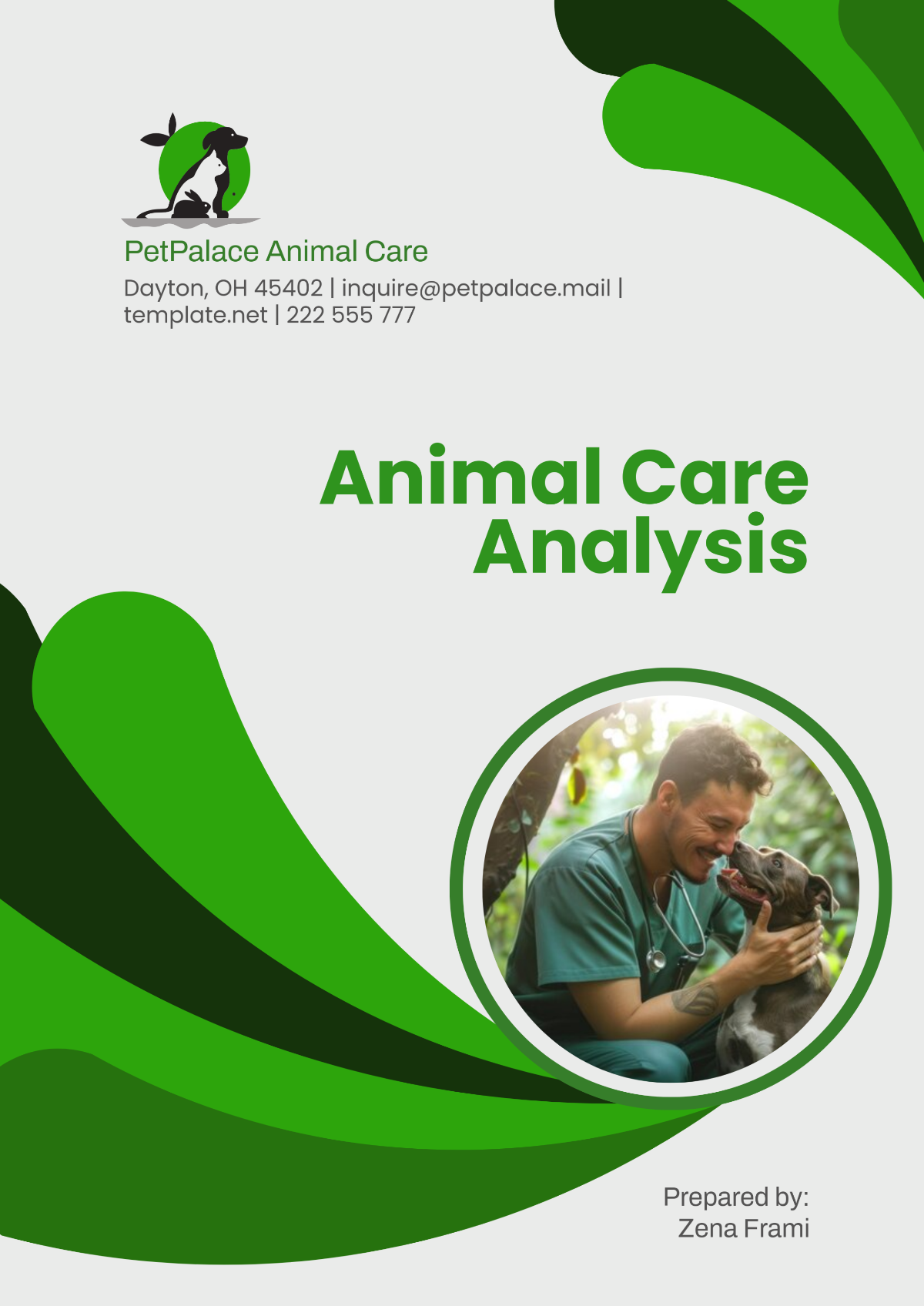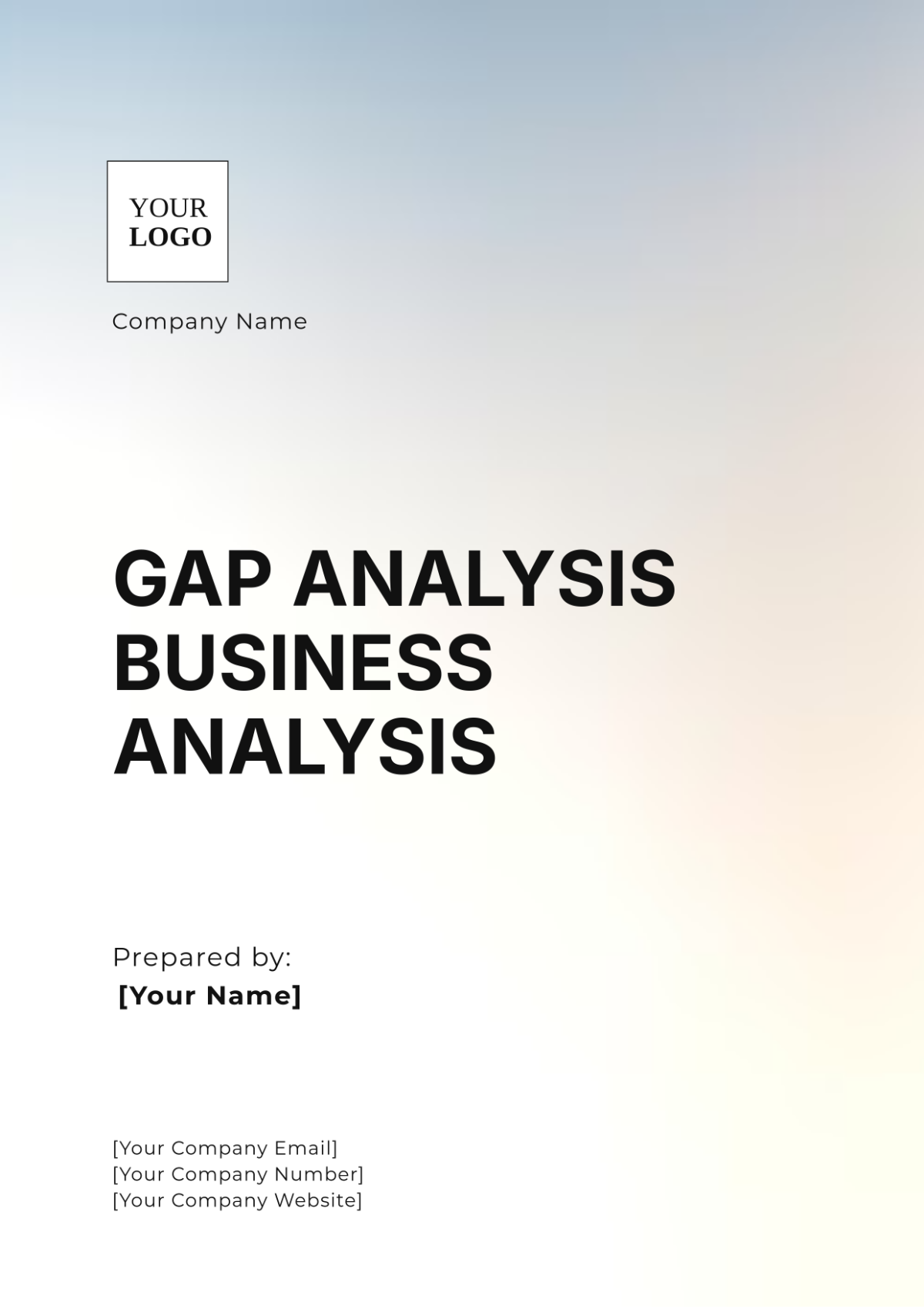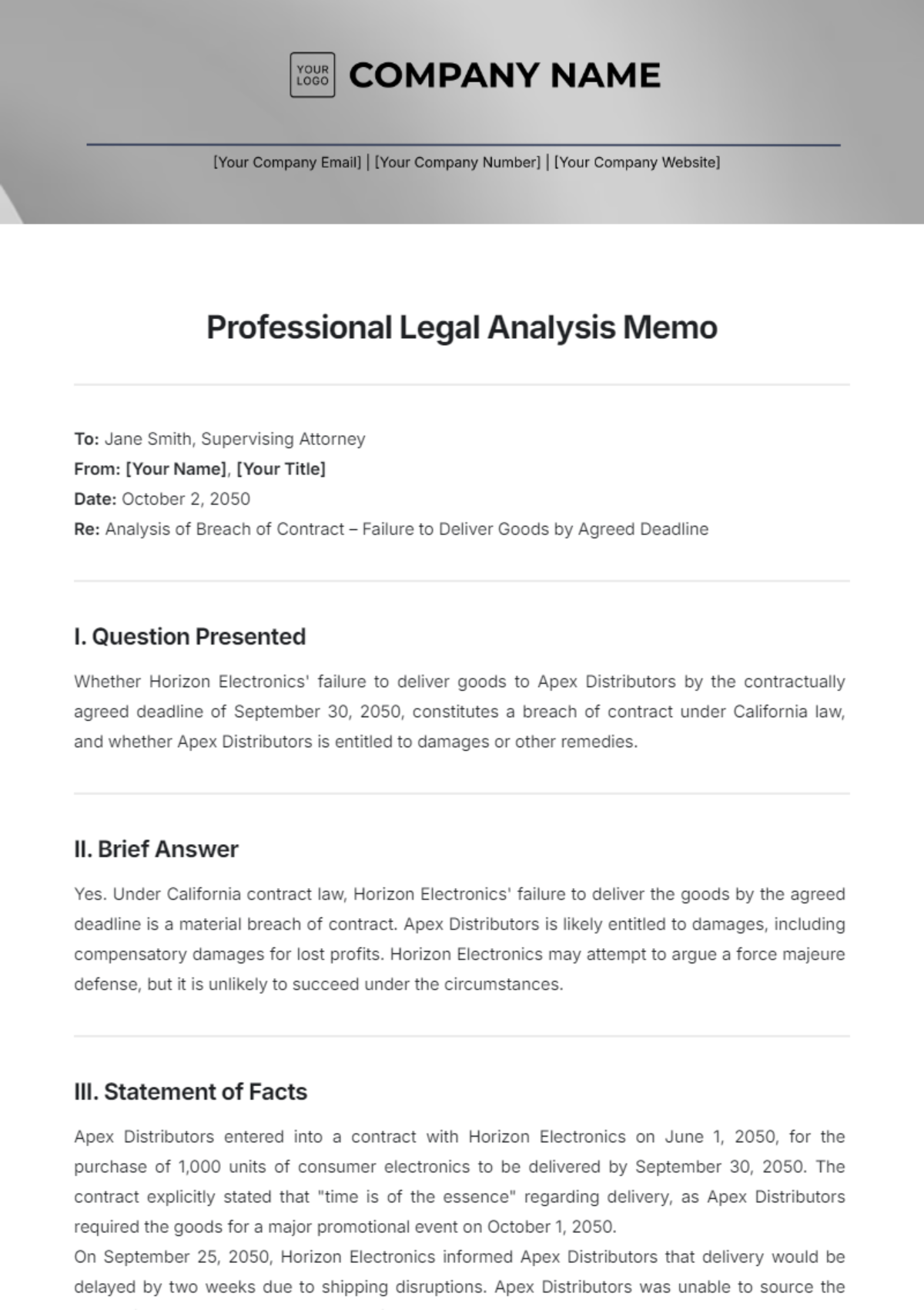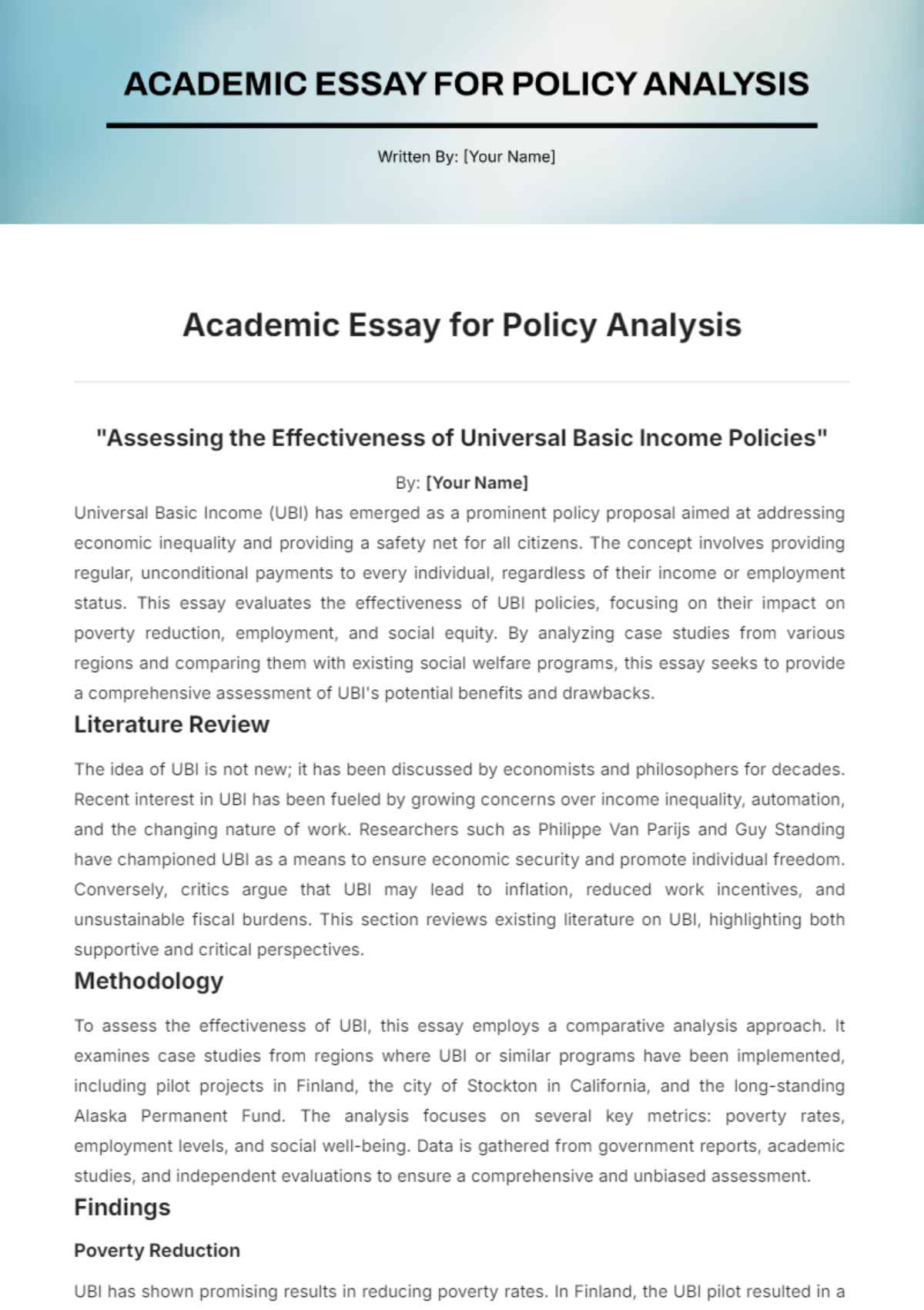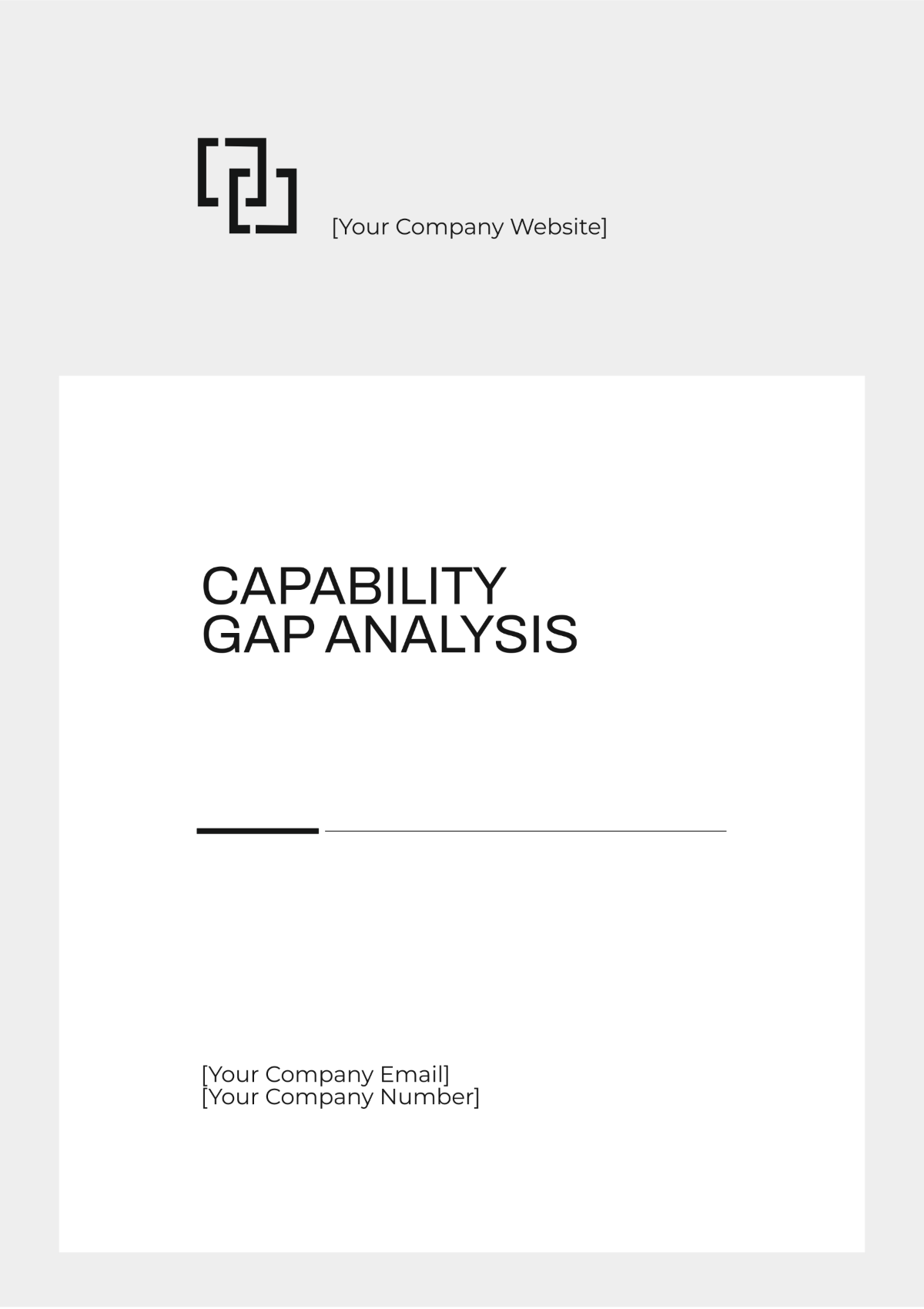Research Gap Analysis
Prepared By: | [YOUR NAME] |
Company: | [YOUR COMPANY NAME] |
Department: | [YOUR DEPARTMENT] |
I. Executive Summary
This analysis document aims to systematically examine and identify areas where current research is lacking or insufficient within the specified field. It assesses existing literature and provides strategic recommendations to prioritize future research endeavors, thereby addressing critical knowledge gaps.
II. Introduction
The introduction section provides an overview of the topic under review, articulating the importance of identifying and addressing gaps in existing research literature to contribute to scientific advancements and practical applications.
III. Methodology
A. Data Collection
Summary of methodologies used for collecting data:
Review of existing academic journals
Surveys and interviews with subject matter experts
Analysis of relevant databases and repositories
B. Selection Criteria
Criteria for selecting sources:
Relevance to the topic
Publication within the last 5 years
Citation index and scholarly impact
C. Tools and Software Used
Tools utilized for data analysis and assessment:
Statistical software for data analysis (e.g., SPSS, R)
Content management systems for literature review (e.g., Mendeley)
Data visualization tools (e.g., Tableau)
IV. Analysis of Current Literature
A. Overview of Existing Research
Discussion on the breadth and depth of the field, including major findings and theories.
B. Identification of Gaps
Detailed identification of gaps using the following criteria:
Emerging trends not sufficiently covered
Conflicting findings need further investigation
Underserved geographical regions or demographics
V. Recommendations for Future Research
A. Strategic Focus Areas
Recommended areas for focused research efforts:
Enhanced methodologies for data collection and analysis
Interdisciplinary approaches involving multiple fields
Longitudinal studies to assess changes over time
B. Potential Funding Sources
List of grants and funding bodies that could support future research:
National Science Foundation (NSF)
European Research Council (ERC)
Private sector partnerships
VI. Conclusion
The document concludes with a summary of the identified research gaps and a call to action for stakeholders in the academic community to prioritize and address these gaps, ensuring progressive development in the field.















